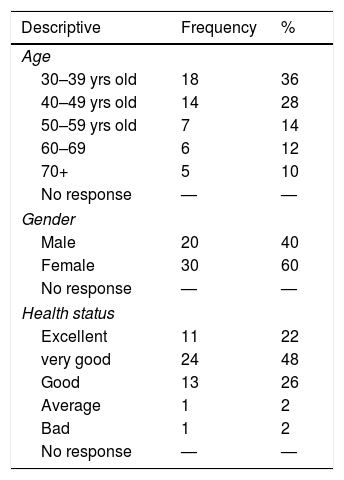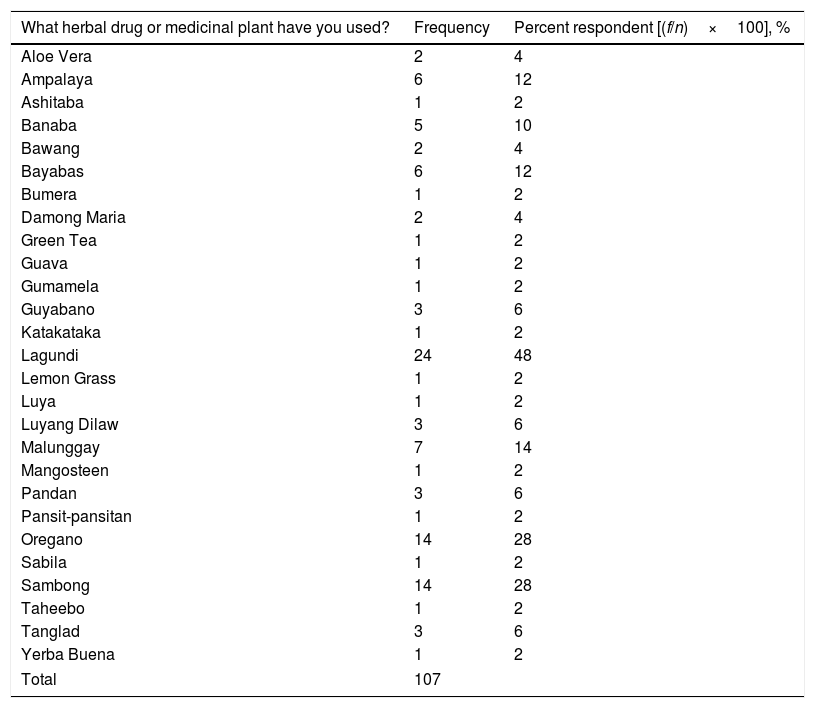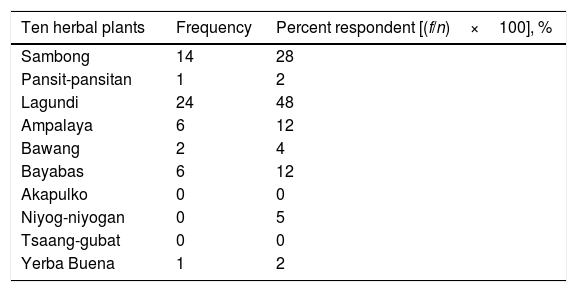The Philippine herbal drug industry has been increasing over the years with continued support from the government agencies such as the Department of Health (DOH) and from the different private sector. At present, the herbal market accounts for still only just 1% of the total drug trade. Urbanization in the different parts of the Philippines may also negatively impact the usage of herbal medication along with the increasing consumption of physician-prescribed synthetic drugs. This study aims to determine the preference of specific community members in the Philippines (NCR) toward the usage of herbal medications compared to synthetic drugs. A survey about preference toward herbal medications or synthetic drug was handed out to 50 members of communities in the surrounding cities of the National Capital Region. The study found out that only a small percentage of the respondent community members take herbal medications regularly, i.e., daily (12%), weekly (12%), monthly (2%). More respondents claimed they do not regularly take herbal medications, i.e., yearly (8%), less than once a year (28%), does not take (14%). Accessory information which the study sought includes the most commonly used herbal medication, age and gender preference, concurrent usage of herbal and synthetic drugs, frequency of consultation. The most common herbal medicines utilized by the sample community members are Lagundi (24%), Oregano (14%), and Sambong (14%), and the sample community members do not have adequate exposure to medical practitioners such as pharmacists regarding herbal medications (62%).
Artículo
Comprando el artículo el PDF del mismo podrá ser descargado
Precio 19,34 €
Comprar ahora













